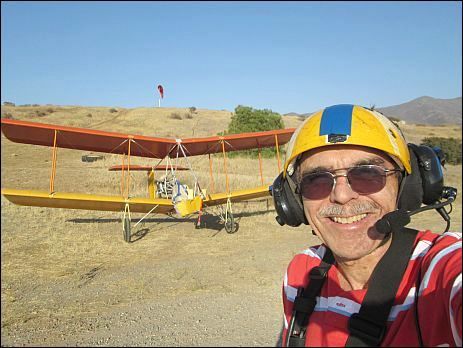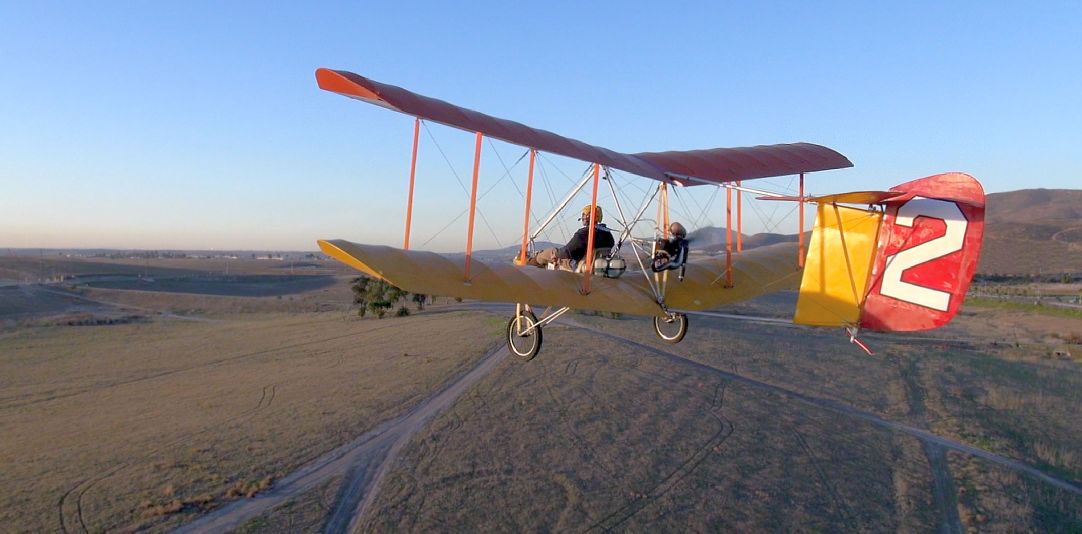

|
|
 |
 |
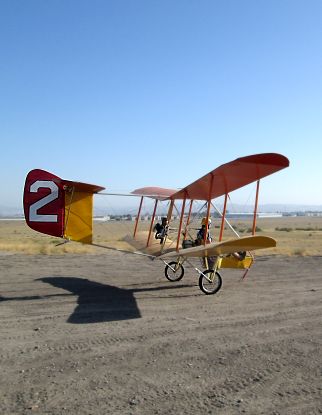 |
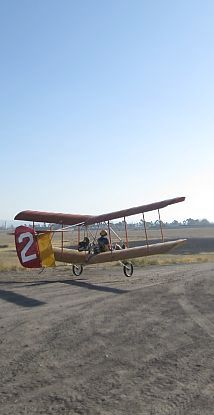 |
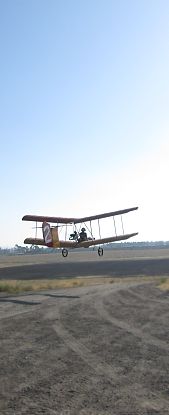 |
 Bloop
4, the latest version of the Bloop, lifts off from an
unpaved runway in October, 2016.
Bloop
4, the latest version of the Bloop, lifts off from an
unpaved runway in October, 2016.
| Bloop 4 Technical
Drawings (93 drawings + Readme). These drawing downloads are free and may be used for any purpose. Bloop 4 drawings are visible online at: Bloop 4 Online Drawings Menu Page These
online
visible drawings are the ones to check for the latest
versions, when changes are made in a drawing it will
show up first online. (Look at the date of the drawing, the latest one is the newest). Any or all of these bitmap drawings may be individually downloaded.
For direct downloading of complete drawing sets, Zip folder links are provided here, each in a different file format. In PDF format, in a Zip folder: Bloop 4 PDF6.zip As bitmaps, in Zip folder download: Bloop 4 GIF11.zip In a CAD (Computer assisted Design) format, requiring a CAD program or viewer, download and combine these two zip folders: These
DXF drawings are problematic. The groupings,
layerings, and text are imperfect because they
originated from a different format. They are not
the best for rework or modification. Use the
original Turbocad program and format for best
reworks. I am currently using Librecad which can
output native dxf, which I think is a good CAD
2D basic standard for the near future.
In the native CAD format, highest quality, requiring a Turbocad Windows program, Zip folder download: |
| Bloop 3 Technical
Drawings (93 pages). These drawing downloads are free and may be used for any purpose. As bitmaps,in zip folder download: Bloop 3 GIF2.zip In a CAD (Computer Assisted Design) format, requiring a CAD program or viewer, zip folder download: (These
DXF drawings are not the best CAD for the Bloop
because they were produced from Turbocad TCW, they
are buggy, the groupings and layerings are
imperfect, the text had to be exloded and looks
crude. They are okay for viewing but not the best
for rework or modification).
In the native CAD format, highest quality, requiring a Turbocad program, zip folder download: |
Bloop 1 Technical Drawings (92 pages). These
are
drawings of the the previous version of the Bloop,
the Bloop
1
(twin rudders).
As bitmaps, zip folder download: Bloop 1 GIF1.zip In a CAD (Computer Assisted Design) format, requiring a CAD program or viewer, zip folder download: (These DXF drawings are not the best CAD for the Bloop because they were produced from Turbocad TCW, they are buggy, the groupings and layerings are imperfect, okay for viewing but not the best for rework or modification) In the native CAD format, requiring a Turbocad program, zip folder download: |
 |
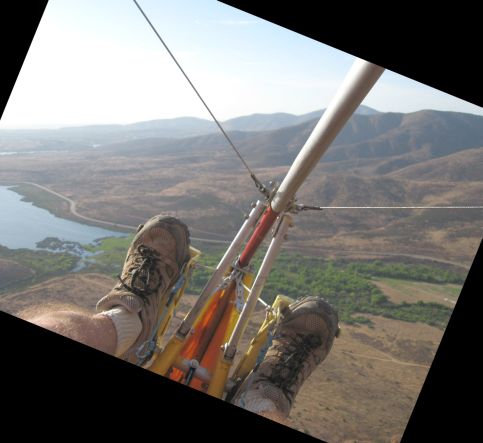 |
